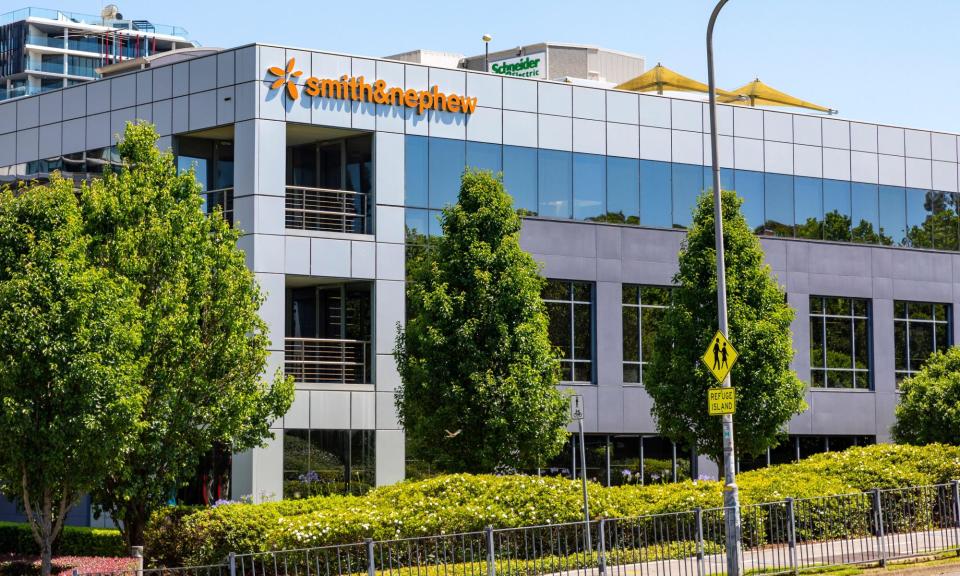Nearly half of Smith & Nephew investors revolt against CEO pay rise

Smith & Nephew had a shareholder revolt on Wednesday when nearly half of voting investors rejected the medical device manufacturer’s plans to raise its chief executive’s pay packet to $11.8m (£9.5m).
But the company’s pay policy, which will increase the maximum payout for Deepak Nath – who is based in Texas – by nearly a third, was narrowly approved, despite 43% of votes cast against the proposals at its annual general meeting in Watford.
The firm is among a growing number of companies that have been arguing for an increase in executive pay to match US peers. Smith & Nephew’s chair, Rupert Soames, who is also chair of the business lobby group the CBI, has said that the proportion of revenues a company makes overseas should be taken into consideration, meaning it should not be benchmarked against UK-listed rivals.
Smith & Nephew is now promising to hold discussions with aggrieved shareholders in the coming months in hopes of easing tensions over pay demands.
“The board is grateful for the engagement of shareholders and proxy agencies in our extensive consultation exercise ahead of the AGM and is pleased that all resolutions were passed at today’s annual general meeting,” the company said in a statement on Wednesday.
“We will continue to engage with shareholders and proxy advisers, and provide an update on further consultations within six months of today’s AGM in accordance with the UK corporate governance code.”
Under the pay proposal passed on Wednesday, its chief executive’s pay will hit $11.8m next year if all targets are met, which would be a 29% increase from his current maximum pay packet of $9.2m.
Luke Hildyard, director of the High Pay Centre thinktank, said: “The arguments for executive pay hikes on this scale imply quite a depressing view of how wealth is created – namely that it’s all down to superstar CEOs and there’s a fixed supply of them, necessitating a bidding war over recruitment and an escalation in top pay. We ought to be a bit more sceptical of some of these claims.”
The revolt follows a damning report by the proxy adviser Institutional Shareholder Services (ISS), which called the policy “excessive” and said shareholders should reject the pay proposals. ISS said it had “material concerns” about the size of the rise and the structure of the new policy as it handed US-based executives more shares in the company irrespective of their performance.
However, Glass Lewis, another proxy adviser, supported the remuneration deal, saying there was a “compelling rationale” for increasing pay for its US-based leaders.
The revolt took place just weeks after a shareholder rebellion at AstraZeneca’s annual meeting in April, where 35.5% rejected the company’s remuneration policy, which included a maximum £18.7m pay packet for the pharmaceutical company’s chief executive, Pascal Soriot.
Hildyard said: “When companies succeed, it’s through the efforts of the workforce as a whole, not to mention the wider socioeconomic context. The people who reach executive roles do so in large part because they’ve been imbued with the education, networks and confidence that other people haven’t. It follows that businesses should invest a bit more in their wider workforce rather than lavishing such disproportionate resources on individual executives.”

 Yahoo Finance
Yahoo Finance 